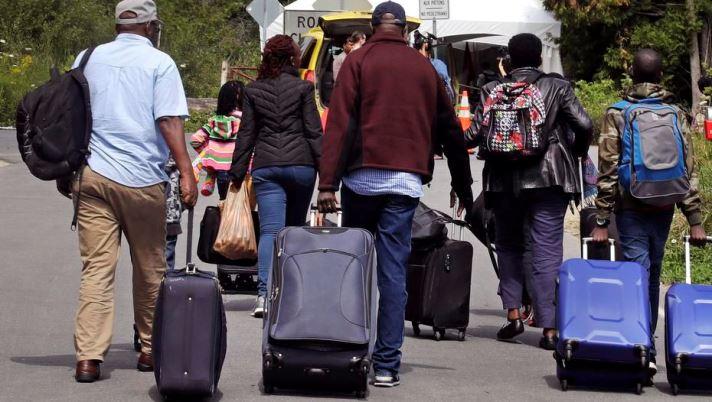Canada, for the first time, is planning to reduce the number of temporary foreign workers it welcomes, officials revealed on Thursday, after years of high immigration levels.
Ottawa is suggesting to lower the number of temporary residents to 5% of the population in the next three years, down from the current 6.2% (2.5 million people).
That objective will be confirmed after discussions with Canada’s provinces, some of which have been resisting large migrant inflows due to a housing crunch and high demands for services.
Restrictions on temporary foreign worker permits will commence on May 1.
This comes after a recently announced limit on new permits for international students and visa requirements for some Mexican travelers.
“Canada has seen a sharp increase in the volume of temporary residents in recent years, from a rise of international students to more foreign workers filling job vacancies to those fleeing wars and natural disasters,” Immigration Minister Marc Miller stated at a news conference.
However, Canada’s labor market is now much tighter, with its population growth, powered by massive immigration, outpacing job creation.
According to government data, job vacancies declined by 3.6% to 678,500 in the last three months of 2023, marking the sixth consecutive quarterly decrease from a record high of 983,600 reached in the second quarter of 2022.
“Changes are needed to make the system more efficient and more sustainable,” Miller said.
Employment Minister Randy Boissonnault urged employers to consider hiring refugees before seeking to bring in temporary foreign workers.
He said businesses that are currently allowed to have temporary foreign workers make up to 30% of their workforce will see that proportion drop to 20%, except in the health care and construction sectors.
Canada’s immigration department, meanwhile, has been ordered by Miller to conduct a review of existing programs that bring in temporary laborers to better align them with labor needs and weed out abuses.
AFP



